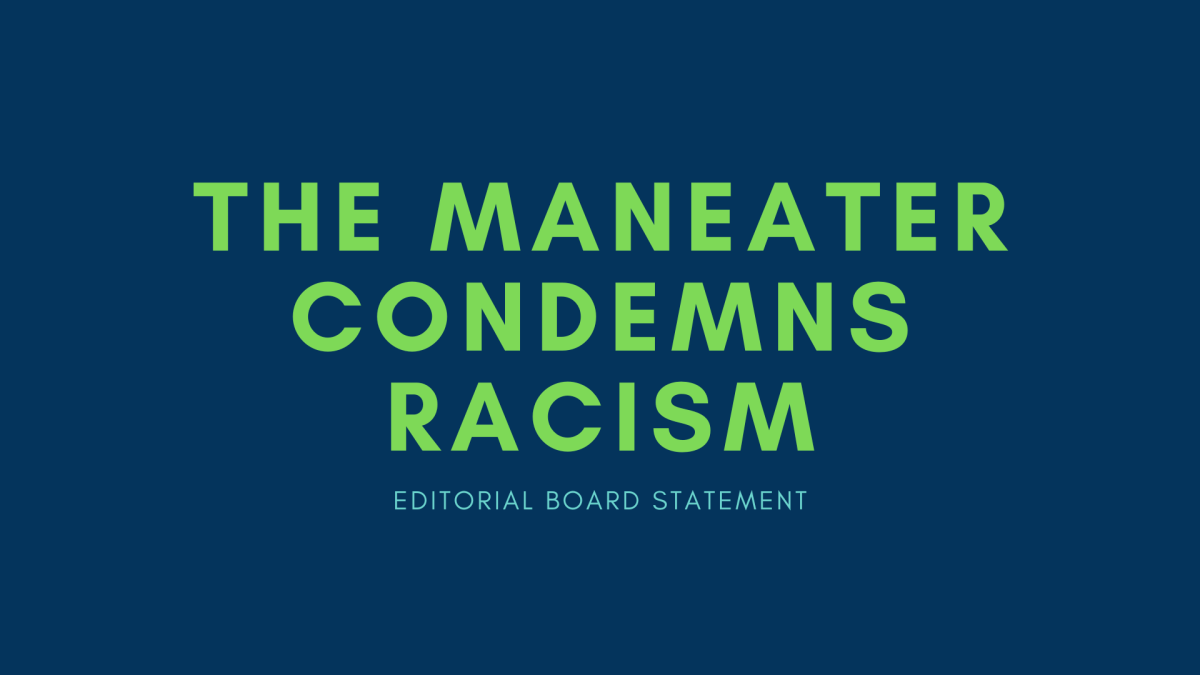Two days after his football team trounced the Toledo Rockets 38-23, coach Gary Pinkel released a video discussing his support for paying college athletes such as his own. [The video](http://www.garypinkel.com/mizzou-football-head-coach-gary-pinkel-on-paying-football-student-athletes/), posted Monday morning on his website, features Pinkel arguing that student athletes, at least those in the high-revenue sports of men’s basketball and football, deserve to be paid.
“…I don’t think it’s extra money,” Pinkel said in the video. “Let’s say this: You’re giving them money that they should have had a few years back…. I don’t think there’s anything wrong with it, as long as it’s done with clarity, and it’s done (with) an understanding that we’re trying to help the kids, but we also don’t want to make it ridiculous.”
While Pinkel is not the first college coach to voice this opinion (among others, he joins South Carolina’s Steve Spurrier, who also [hinted this summer](http://www.complex.com/sports/2013/07/steve-spurrier-says-sec-willing-to-pay-players) that the Southeastern Conference is considering player-payment options), he is still among a brave few, and his words are still bold and impactful.
We do not wish to make here a final, definitive endorsement or denouncement of payment for student athletes; there are far too many factors to thoroughly investigate and weigh in this limited space. Instead, we wish to give a brief overview of the arguments surrounding the issue, and explain why Pinkel’s video is important to the national dialogue.
For many, including some members of this editorial board, paying student athletes is ludicrous, something that would change the essential nature of the college game and introduce countless problems. It could further deepen the disparate advantages of the highest-revenue programs that could afford to offer recruits more money. It could further de-emphasize “non-revenue” sports, as those student athletes might not be comparably paid for their (still immense) commitment and work. It could possibly violate Title IX, the 1972 statute which prohibits gender discrimination in federally-funded educational programs, including collegiate sports. These potential consequences cannot be ignored, and those who oppose paying players cannot be dismissed as purists or out-of-touch romantics.
For others, also including some members of this editorial board, the time is long overdue for student athletes in high-revenue sports to receive some of the money their athletic departments make off of their hard work. It’s an undeniable fact. Video games with their likenesses, jerseys with their numbers — even though the athletic department may not profit directly from their players’ names, it certainly does from their images. And through high-profile TV contracts and ticket sales, it profits from their performance, to the tune of millions each year. It does this without directly sharing a dime with the student athletes, in a manner totally unique to college athletics.
The argument is still often made that student athletes are here primarily for academics, to “get an education.” For the top athletes at MU and elsewhere, this may no longer be true. Classes for these student athletes are sometimes a side focus, requirements to get through to maintain eligibility for the sport which could potentially offer them a much better future — as a stepping stone to professional sports leagues. For these talented and hardworking student athletes, their teams prepare and provide career opportunities far superior to those prepared and provided by academics (as well as other experiences and skills applicable to life after college). You may consider this a good or bad development, but regardless, it must be confronted as a basic reality of college sports.
But even if a Missouri basketball or football player’s primary goal here is a degree from this university (which _is_ often the case), the fact remains that MU profits from them, while disadvantaging them. As Pinkel remarked in his video, student athletes are usually unable to acquire summer or work-study jobs due to the immense commitment they make to the team. For players who come from poverty, a full-ride scholarship may mean far more than for middle and upper-class players; it also very well may not be enough. Pinkel was right to acknowledge the lack of resources which lower-income student athletes may be able to access to pay for living expenses.
All of these issues barely scratch the surface of the topic. Clearly, a rigorous and bold dialogue must be undertaken to address the problems of contemporary college “revenue sports,” where athletic departments make mind-boggling amounts of money on the backs of unpaid student athletes.
We must ask tough questions. Is being a student athlete a job? Should student athletes be considered athletic department employees? Can we continue to entertain the illusion that all collegiate sports are equally important to athletic departments and the NCAA, particularly considering the vast disparity in revenue earned between them?
If athletic departments paid student athletes, would it be a flat, modest “living expenses” stipend, as Pinkel seems to suggest? A salary negotiated at signing and adjustable based on the “productivity” of the recruit? Or would a cut of revenues be divided among the players whose performances help earn the money?
These questions are essential to the debate. We commend coach Pinkel for standing up for his players, and for using his unique position of authority to help ignite a much-needed discussion on the issue. We hold that the notion of paying student athletes deserves a thorough discussion at the highest levels of collegiate administration, and Pinkel’s video will certainly force further consideration of this incredibly complex and contentious topic.










